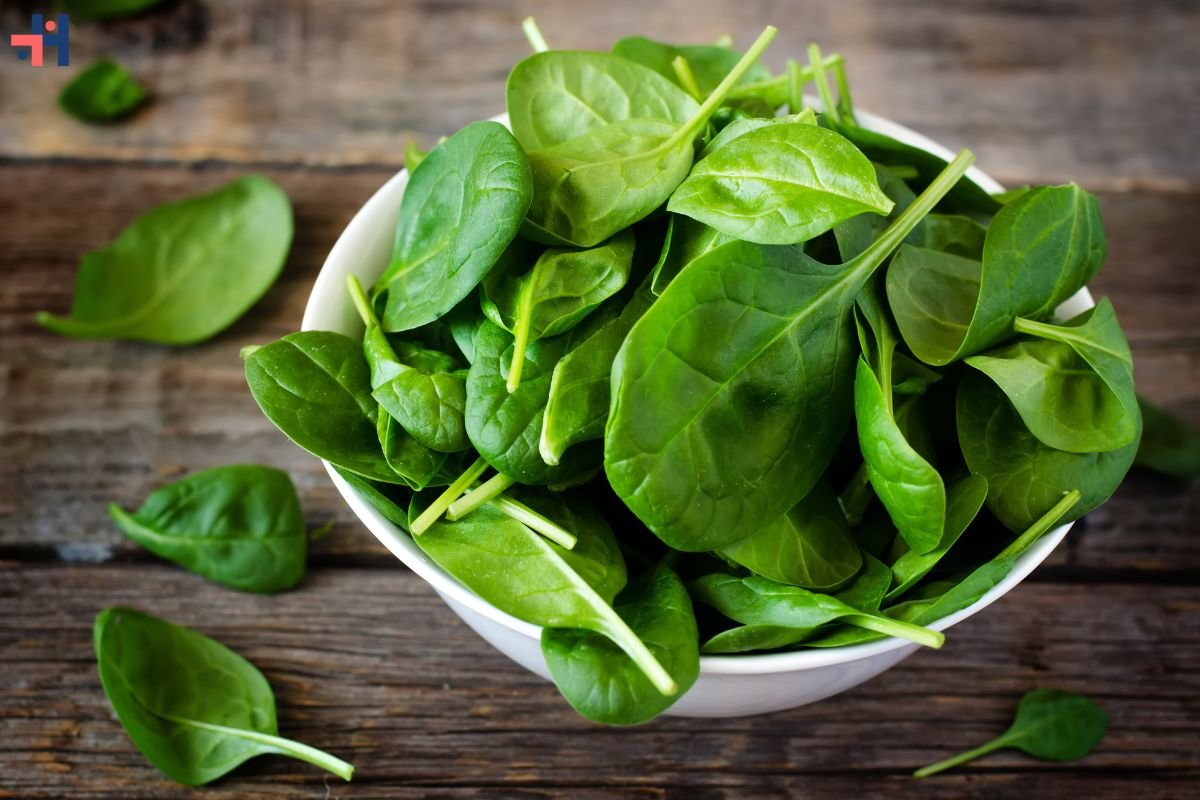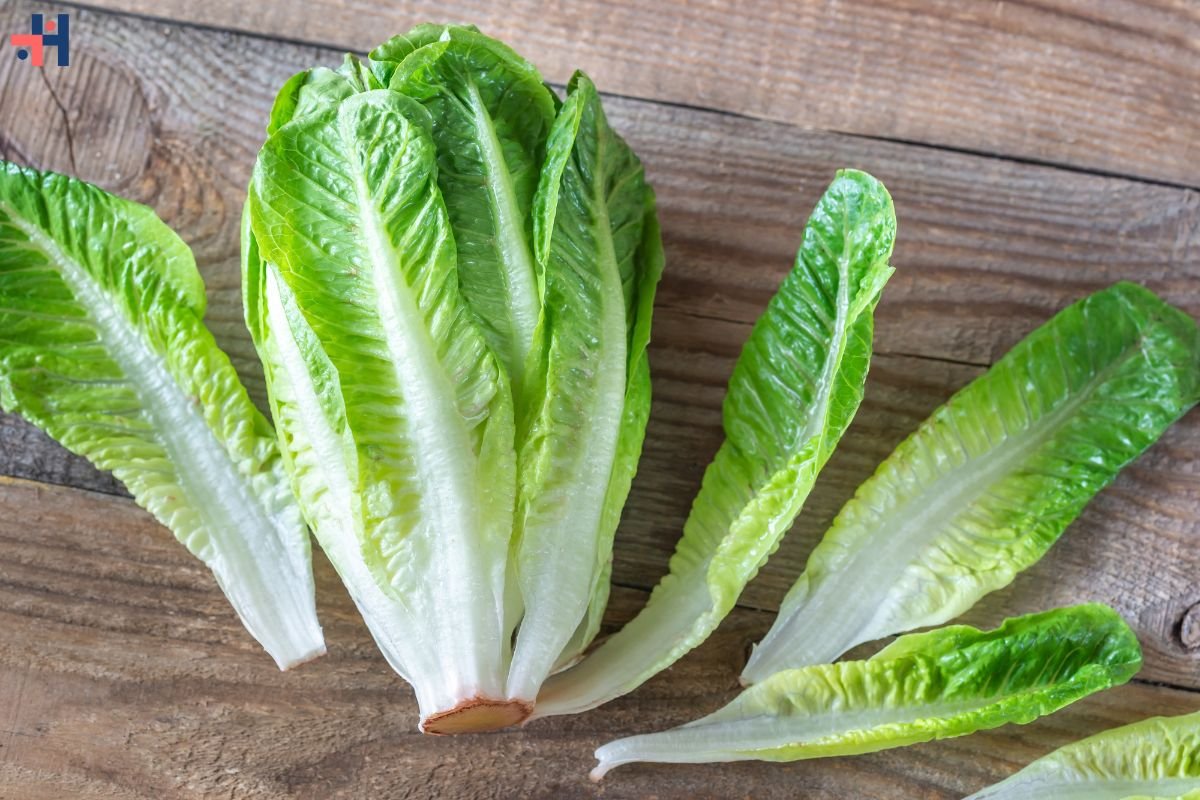Leafy green vegetables are nutritional powerhouses that offer an array of health benefits. Packed with vitamins, minerals, fiber, and antioxidants, these greens play a crucial role in maintaining overall health and preventing chronic diseases. In this comprehensive guide, we’ll explore the incredible benefits of leafy green vegetables and provide tips on how to incorporate them into your diet deliciously.
Nutritional Profile of Leafy Green Vegetables
Leafy greens are rich in essential nutrients that contribute to various aspects of health. Here are some key nutrients found in these vegetables:
- Vitamins: Leafy greens are excellent sources of vitamins A, C, K, and several B vitamins.
- Minerals: They provide important minerals such as calcium, iron, magnesium, and potassium.
- Fiber: High fiber content supports digestive health and helps maintain a healthy weight.
- Antioxidants: Compounds like beta-carotene, lutein, and zeaxanthin protect against oxidative stress and inflammation.
Top Leafy Green Vegetables and Their Benefits
Let’s delve into some of the most nutritious leafy green vegetables and their specific health benefits.
1. Spinach

Nutritional Highlights: Spinach is rich in iron, calcium, magnesium, and vitamins A, C, and K.
Health Benefits: Spinach supports eye health, reduces oxidative stress, aids in blood pressure regulation, and promotes bone health due to its high vitamin K content.
How to Enjoy: Add fresh spinach to salads, smoothies, and sandwiches, or sauté it with garlic and olive oil as a side dish.
2. Kale
Nutritional Highlights: Kale is loaded with vitamins A, C, and K, as well as antioxidants and fiber.
Health Benefits: Kale supports heart health, boosts the immune system, and has anti-inflammatory properties. It also helps detoxify the body due to its high fiber content.
How to Enjoy: Use kale in salads, blend it into smoothies, or bake it into crispy kale chips.
3. Swiss Chard
Nutritional Highlights: Swiss chard is high in vitamins A, C, and K, along with magnesium and potassium.
Health Benefits: Swiss chard promotes heart health, supports bone health, and helps regulate blood sugar levels.
How to Enjoy: Sauté Swiss chard with onions and garlic, add it to soups and stews, or use it as a wrap for grains and proteins.
4. Arugula
Nutritional Highlights: Arugula is rich in vitamins A, C, and K, as well as folate and calcium.
Health Benefits: Arugula aids in digestion, supports bone health, and provides anti-cancer properties due to its glucosinolate content.
How to Enjoy: Add arugula to salads, top pizzas with it, or blend it into pesto.
5. Collard Greens
Nutritional Highlights: Collard greens are high in vitamins A, C, and K, and provide a good amount of fiber and calcium.
Health Benefits: Collard greens support digestive health, detoxify the body, and promote healthy bones.
How to Enjoy: Cook collard greens with ham or bacon for a traditional Southern dish, or use the leaves as wraps for a low-carb alternative to tortillas.
6. Romaine Lettuce

Nutritional Highlights: Romaine lettuce is a good source of vitamins A, C, and K, as well as folate and fiber.
Health Benefits: Romaine lettuce supports eye health, boosts the immune system, and aids in weight management.
How to Enjoy: Use romaine lettuce as the base for salads, add it to sandwiches, or use the leaves as a crunchy wrap for fillings.
Incorporating Leafy Greens into Your Diet
Including more leafy green vegetables in your diet is easier than you might think. Here are some tips and recipe ideas to help you enjoy these nutritious greens:
Smoothies and Juices
Blend leafy greens like spinach, kale, or Swiss chard into your morning smoothie for a nutrient-packed start to your day. Combine them with fruits like bananas, berries, and a liquid base like almond milk or coconut water.
Salads
Create vibrant salads using a mix of leafy greens. Add colorful vegetables, lean proteins like chicken or tofu, nuts, seeds, and a light dressing for a balanced meal.
Soups and Stews
Add chopped leafy greens to soups and stews. Spinach, kale, and Swiss chard blend well into various soup recipes, adding both flavor and nutrients.
Stir-Fries
Incorporate greens into your stir-fries. Bok choy, spinach, and collard greens work well in stir-fries with vegetables, lean proteins, and a savory sauce.
Wraps and Sandwiches
Use large leaves of collard greens, Swiss chard, or romaine lettuce as wraps instead of tortillas or bread. Fill them with your favorite proteins, grains, and veggies for a low-carb, nutrient-dense option.
Pesto and Sauces
Make homemade pesto with arugula, spinach, or kale. Blend the greens with garlic, nuts, olive oil, and Parmesan cheese for a delicious sauce that can be used on pasta, sandwiches, or as a dip.
Baking and Chips

Kale chips are a popular and healthy snack. Simply toss kale leaves with olive oil and a pinch of salt, then bake until crispy. This method can also be used with other leafy greens like Swiss chard.
Conclusion:
Leafy green vegetables are a cornerstone of a healthy diet, offering a plethora of vitamins, minerals, and antioxidants that support overall health. By incorporating a variety of these greens into your meals, you can enjoy their numerous health benefits while adding flavor and texture to your dishes. Whether you’re blending them into smoothies, tossing them in salads, or cooking them in soups and stir-fries, leafy green vegetables are versatile and delicious additions to any diet. Embrace the green goodness and take a step towards better health today.









